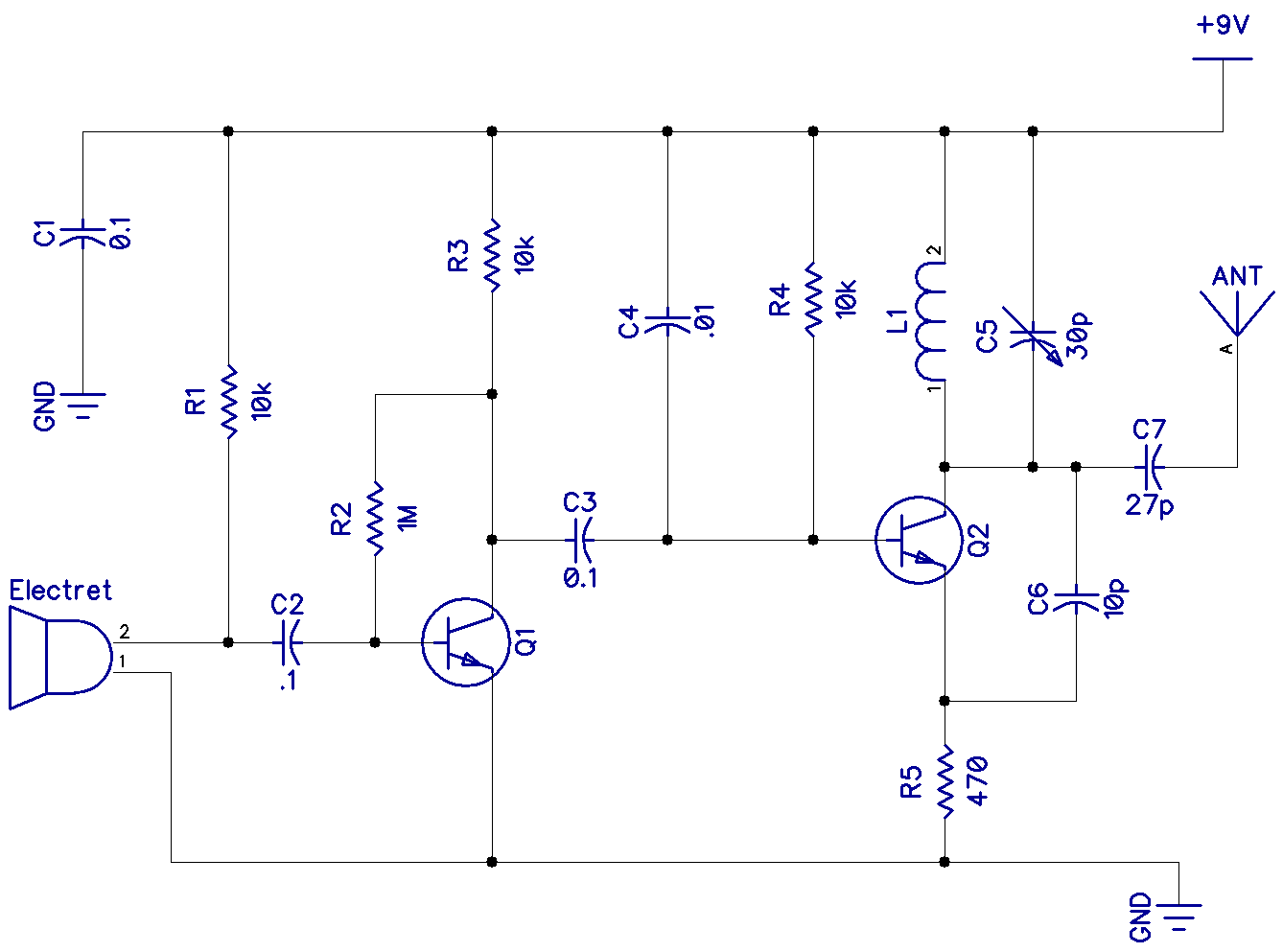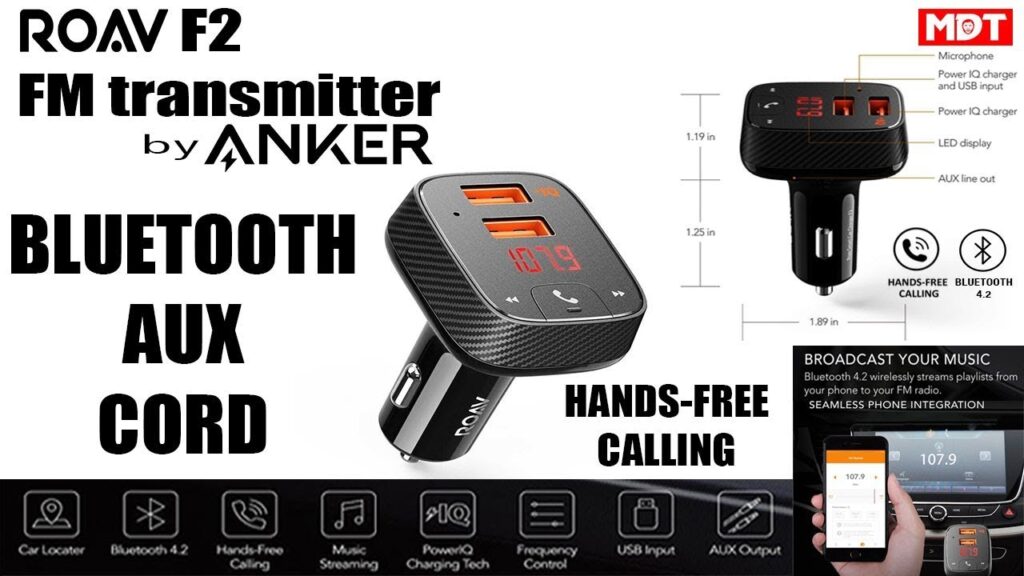As we continue to advance technologically, communication has become much easier and more convenient. One of the most revolutionary inventions that has made this possible is the FM transmitter. These small devices have become ubiquitous, allowing us to transmit audio signals over long distances with ease. But how do they work, and what makes them so effective?
An FM transmitter works by taking an audio signal and modulating it onto a radio frequency carrier wave. This process involves changing the frequency of the carrier wave to match the audio signal, which is then transmitted through the airwaves. The receiver on the other end then demodulates the signal, separating it from the carrier wave and playing it back as audio. But there’s more to it than just that. In this article, we’ll take a closer look at the inner workings of an FM transmitter and explore the science behind its operation.

How Does an FM Transmitter Work?
An FM transmitter is a device that broadcasts audio signals to a specific radio frequency range. It is commonly used in broadcasting radio shows, talk shows, and other audio programming. The FM transmitter is a powerful tool that can be used to transmit audio signals over a large area, often reaching far beyond the range of conventional radio antennas.
What is an FM Transmitter?
An FM transmitter is a device used to transmit audio signals to a specific radio frequency range. It uses the same frequency modulation (FM) technology used in all commercial radio broadcasting. The device requires a power source for operation, and usually has an antenna for broadcasting the signal to a receiver. FM transmitters can be used to broadcast audio from an audio source such as a CD player, a computer, or a microphone, to a radio or other audio device.
The range of an FM transmitter depends on several factors, such as the power output of the device, the type of antenna used, and the distance between the transmitter and the receiver. With the right conditions, an FM transmitter can broadcast a signal up to several miles.
How Does an FM Transmitter Work?
An FM transmitter works by modulating the signal from an audio source, such as a CD player or microphone, onto an FM frequency. The signal is then broadcast to a radio or other audio device. The signal is modulated by changing the frequency of the signal slightly above and below the center frequency. This is called frequency modulation (FM).
The signal is then amplified and broadcast to a receiver. The receiver must be tuned to the same frequency as the transmitter for it to receive the signal. The signal is then demodulated, or decoded, by the receiver, and the audio is heard.
FM transmitters can be used to broadcast audio to a wide range of receivers, including car radios, portable radios, and home stereo systems. They are also commonly used in radio broadcasting, and are used to transmit audio signals from a microphone or other audio source to a transmitter tower. This allows radio stations to broadcast their programs to a wide area.
Frequently Asked Questions
FM transmitters are devices that use the FM radio frequency band to broadcast sound from an audio source such as a television or computer. They can be used to broadcast music, speech, or other audio signals over a large area. FM transmitters are commonly used in commercial and home audio systems, as well as in public address systems and car audio systems.
What is an FM Transmitter?
An FM transmitter is a device that uses the FM radio frequency band to broadcast sound from an audio source such as a television or computer. They can be used to broadcast music, speech, or other audio signals over a large area. FM transmitters are commonly used in commercial and home audio systems, as well as in public address systems and car audio systems.
How Does an FM Transmitter Work?
An FM transmitter works by modulating an audio signal onto a carrier frequency. This is done by using an oscillator to generate the carrier frequency, and then using a modulator to modulate the audio signal onto the carrier frequency. The modulated signal is then amplified and broadcast via an antenna. The antenna is usually connected to a radio receiver, which then decodes the signal and reproduces the original audio.
What Is the Range of an FM Transmitter?
The range of an FM transmitter is determined by the power of the transmitter, the type of antenna, and the local terrain. Generally speaking, the higher the power and the better the antenna, the greater the range of the transmitter. In most cases, the range of an FM transmitter will be several kilometers, depending on the conditions.
What Are the Benefits of Using an FM Transmitter?
FM transmitters offer several benefits, including the ability to broadcast audio signals over a large area. This makes them ideal for use in public address systems, car audio systems, and home audio systems. Additionally, FM transmitters are relatively easy to install and use, and they are typically more affordable than other types of audio transmission systems.
What Are the Limitations of an FM Transmitter?
The main limitation of an FM transmitter is that it is limited to broadcasting audio signals in the FM frequency range. Additionally, FM transmitters can be susceptible to interference from other radio signals, which can result in a poor reception. Finally, FM transmitters are limited in terms of power output, so they may not be suitable for broadcasting over large distances.
In conclusion, the working mechanism of an FM transmitter is both fascinating and complex. Despite being a relatively small device, it has the ability to transmit signals over long distances with minimal loss of data. The process involves converting the audio signal into an electrical signal, modulating it with a carrier wave, and transmitting the signal through the antenna.
Furthermore, advancements in technology have led to the development of more sophisticated FM transmitters, which offer improved sound quality and greater transmission range. As such, these devices play a vital role in the broadcasting industry, enabling radio stations to transmit their content to a larger audience. In essence, the FM transmitter is a crucial component in the world of communication, and its continued evolution promises to bring about even more exciting possibilities in the future.




